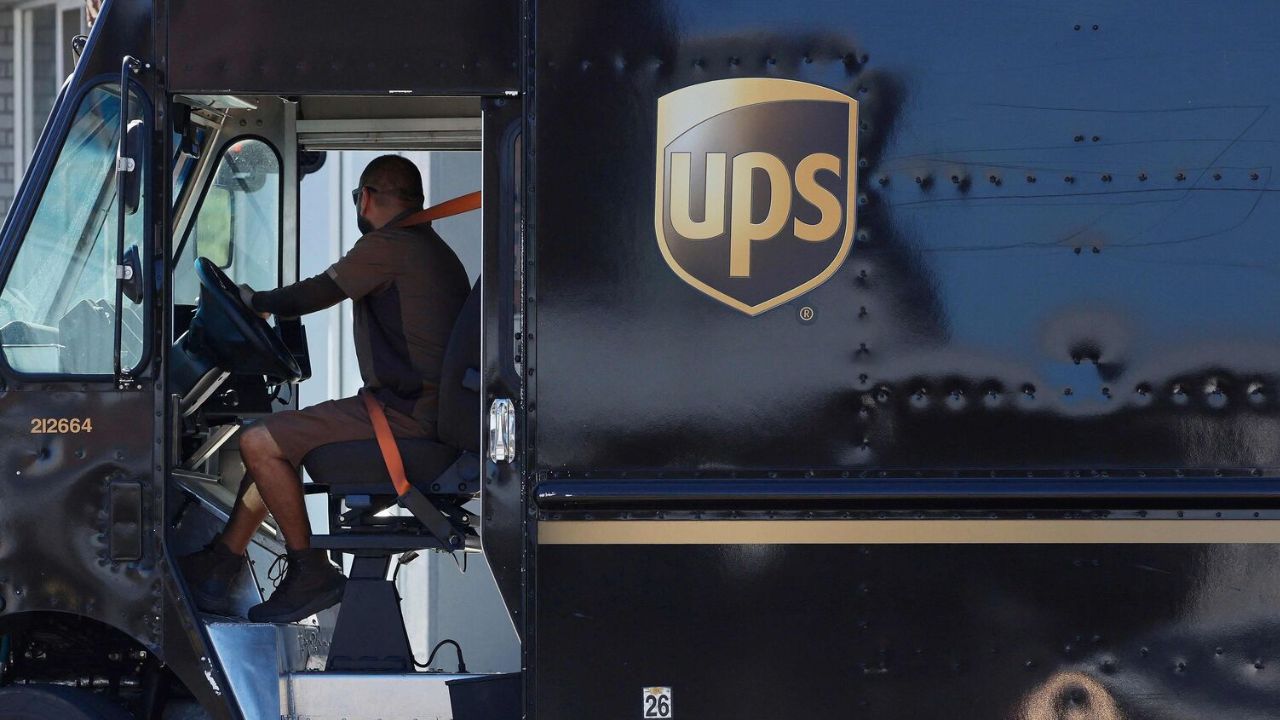ATLANTA, GEORGIA — United Parcel Service (UPS) announced that it has reduced its global workforce by 48,000 employees so far in 2025, marking one of the company’s largest layoffs in recent years as part of a sweeping plan to restructure operations and reduce costs.
According to a new 8-K filing released on October 28, the cuts include approximately 34,000 operational positions — mostly delivery drivers — and 14,000 management roles. The decision is part of the company’s ongoing initiative, titled “Network Reconfiguration and Efficiency Reimagined,” which aims to streamline operations and boost profitability amid slower demand and changing market conditions.
Thousands of Drivers Take Voluntary Buyouts
UPS Chief Financial Officer Brian Dykes said during the company’s third-quarter earnings call that most of the operational job reductions came from voluntary buyouts among full-time delivery drivers. Roughly 90% of those drivers exited the company by August 31, he confirmed.
The company has also shut down daily operations at 93 leased and owned facilities during the first nine months of 2025, a move intended to consolidate routes and reduce overhead. UPS indicated that more facility closures could take place through 2027 as the plan continues.
“We are redesigning our network from the ground up — this is about long-term efficiency, not short-term cuts,” Dykes said during the earnings call.
CEO Carol Tomé Calls It a “Historic Shift”
UPS Chief Executive Officer Carol Tomé described the ongoing restructuring as “the most significant strategic shift in our company’s history.”
In a statement accompanying the earnings release, Tomé emphasized that the changes would allow UPS to enter the holiday season — typically its busiest time of year — with a leaner and more efficient operation.
“With the holiday shipping season nearly upon us, we are positioned to run the most efficient peak in our history while providing industry-leading service to our customers for the eighth consecutive year,” Tomé said.
Earlier Layoffs and Facility Closures
The company had previously announced plans in April 2025 to lay off 20,000 workers and close about 73 facilities, citing tariff increases and broader economic challenges in the U.S. and abroad.
At that time, CFO Dykes also said that the restructuring was aligned with UPS’s goal of reducing its delivery volume for Amazon by more than half, allowing the company to focus more on small-business and healthcare logistics clients.
In 2024, UPS employed around 490,000 workers globally, including 330,000 Teamsters-represented employees in the U.S. The latest round of cuts means the company’s total headcount has dropped by roughly 10% this year alone.
Third-Quarter Earnings and Package Volume
Despite the large workforce reduction, UPS reported third-quarter revenue of $21.4 billion and a net income of $1.31 billion, equating to earnings of $1.55 per share. However, the company’s total package volume fell 9.8% year-over-year, with approximately 19.4 million packages handled during the quarter.
UPS executives said the company’s cost-cutting efforts have already saved $2.2 billion through September 30, and they expect to reach $3.5 billion in total savings by the end of 2025.
The company’s restructuring plan is expected to continue through 2027, with further operational improvements and potential automation initiatives being explored.
Read Also: DoorDash to Provide 1 Million Free Meals Through Food Banks as SNAP Benefits Face Uncertainty
Looking Ahead: UPS Bets on Efficiency
Industry analysts say the deep cuts could help UPS remain competitive against rivals like FedEx and Amazon Logistics, both of which have expanded automation and delivery capacity in recent years.
However, labor experts warn that widespread layoffs — particularly among unionized workers — could strain UPS’s relationship with the Teamsters Union, which represents a large portion of its U.S. workforce.
The International Brotherhood of Teamsters has not yet issued a formal statement on the most recent layoffs, though union leaders previously criticized UPS for prioritizing “shareholder value over worker stability.”
Still, UPS leaders insist the move is a necessary step toward building a more sustainable, tech-driven delivery network capable of adapting to changing consumer patterns and rising logistics costs.
Share Your Thoughts
Do you think UPS’s massive job cuts will help the company stay competitive, or will the move hurt worker morale and long-term service quality? Join the conversation and share your thoughts in the comments on race-day-live.com.


 by
by 

